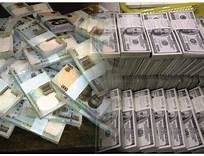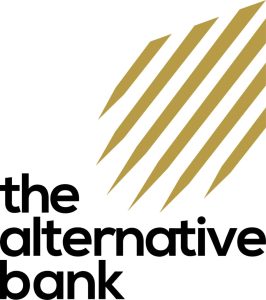FX demands pulldown Naira amid reserves drop to $37.18bn

FX demands pulldown Naira amid reserves drop to $37.18bn
Exchanged at N446.33 on Friday, the Nigerian local currency has crossed yet another red line as the naira struggles against stronger trading pairs including the United States dollar, the Great Britain pound sterling, the Euro, and others.
It was a double whamming of pressures for the Nigerian economy as the local currency value weakened at investors’ and exporters’ foreign exchange market while foreign reserves fall to $37.18 billion.
In Nigeria, hot monies from foreign investors’ buckets have been reduced as the Central Bank of Nigeria (CBN) implements capital control measures that curb portfolio holders’ ability to repatriate foreign currencies abroad.
When the naira depreciates, foreign goods and services become expensive to Nigerian buyers, thus forcing imports to reduce. Analysts said this has a positive effect on a productive economy.
For Nigeria, this has not been the case given structural deficiencies, according to analysts amidst a loud cry for an official devaluation of the local currency.
Nigeria has close to zero comparative production advantage across key sectors including extractive, translating to low foreign currency receipts. Despite this, the country depends heavily on foreign goods and services – creating disequilibrium between the demand and supply of foreign currency.
“There is no future for Nigerian naira without structural reforms that trigger foreign currencies inflow into the economy and reduce import bills”, MarketForces Africa gathered from economists that prefer not to be mentioned.
At the investors’ and exporters’ FX window, the exchange rate crossed N446 again over renewed demand pressures for dollars; lost 66 kobo from N445.67 at the beginning of the week. According to data from FMDQ Exchange, the naira was exchanged at NGN446.33 per United States dollar on Friday.
The battle to save the soul of the Nigerian naira has been tough for the monetary authority due to weak fiscal performance, a resultant effect of a lack of strategic initiatives to drive dollar receipts.
By market consensus, the outlook for the local currency remains bleak with a persistent drop in external buffer, and low foreign currency receipts despite structurally driven higher import bills. At the current level, Nigerian external reserves provide a cover for 9 months of imports.
Data from the Central Bank of Nigeria show that gross foreign reserves declined by $10.97 million this week to $37.18 billion – the lowest level since 30 Sep 2021 when it settled at $36.78 billion.
Trading activities in the parallel market were calmer following the monetary policy authority’s decision to release new naira notes ahead of schedule.
The Naira gained about 2% week to close the week at N775 from N784 in the previous week’s close as currencies traders reduce the naira vault ahead of the CBN deadline for exchanging old notes. Trading data from the FX market show that market participants maintained bids between N444 and N452 at the investors and exporter FX window.
At the Investors’ window, total turnover declined by 7.1% from the beginning of the week to $422.66 million on Thursday, with trades consummated within the N431.00 – N463.05 band. according to Cordros Capital analysts’ notes.
In the forwards market, the naira depreciated by 0.5% to N451.47 for a 1-month contract and a 3-month contract dropped by 0.3% to N458.71.For 6-month contracts, the naira appreciated by +0.2% to N476.24 while the 1-year contract fell by 0.2% to N503.37.
Cowry Asset Management analysts anticipate the cool calm to continue across all segments of the FX market barring any distortion in the market and as the apex bank continues its weekly market intervention in the secondary market to shore up the naira.
“We expect the FX liquidity issues to remain over the short-to-medium term in the absence of any positive signal that denotes an improvement in FX supply relative to the pre-pandemic levels”, Cordros Capital analysts maintained.
Analysts said considering the tepid accretion to the reserves given low crude oil production and elevated PMS under-recovery costs, foreign portfolio investors (FPIs) which have historically supported supply levels in the Investors and exporters’ window will be needed to sustain FX liquidity levels in the medium to long-term.
“We think further adjustments in the exchange rate peg closer to its fair value and flexibility in the exchange rate would significantly attract foreign inflows back to the market”, Cordros Capital insists.






